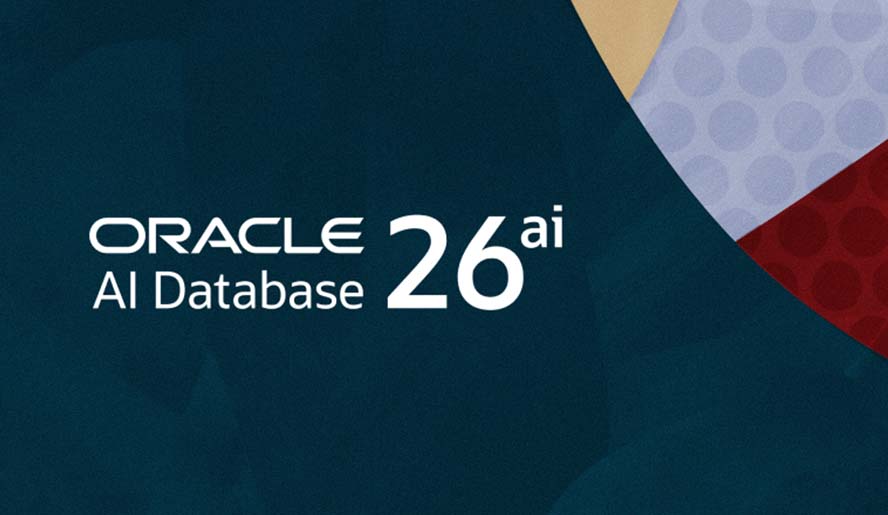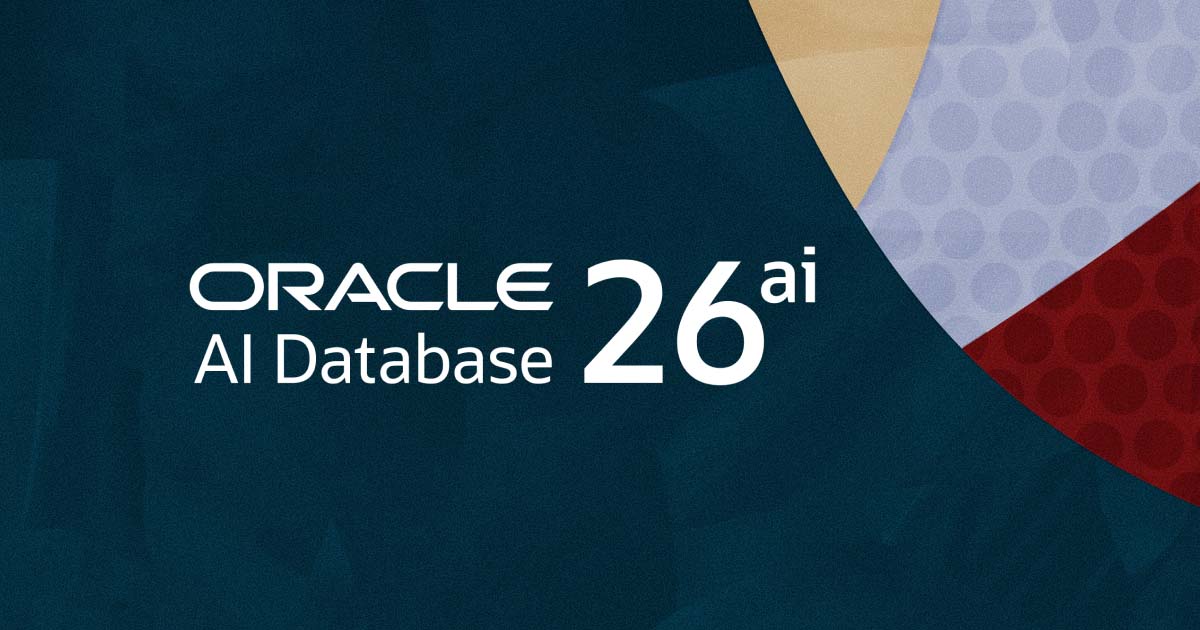
LAS VEGAS—Oracle has introduced a next-generation, AI-native version of its flagship database, Oracle AI Database 26ai. The long-term support release is a pillar of Oracle’s broader “AI for Data” strategy, which aims to help customers deliver trusted AI insights and productivity gains using all their data across the entire enterprise—including both operational systems and analytic data lakes. With 26ai, leading AI models can work with enterprise data in a way that’s simple to configure and use.
“The key to thriving in the age of AI is to…deliver breakthrough insights, innovations, and productivity before your competitors do,” said Juan Loaiza, Oracle’s EVP of database technologies, from the keynote stage at Oracle AI World. “In this monumental release, Oracle has architected AI and data together to create a next-generation, AI-native database.”
Oracle AI Database 26ai integrates AI across all major data types and workloads, including AI vector search, and further integrates AI into functions such as database management, data development, application development, and analytics. The release also supports the Apache Iceberg open table format, Model Context Protocol, industry-leading LLMs, popular agentic AI frameworks, and Open Neural Network Exchange embedding models.
“Our goal for Oracle’s AI for Data strategy is to use open standards so our enterprise customers have freedom of choice when building and deploying AI applications,” Loaiza said.
Oracle AI Database 26ai is a long-term support release that replaces Oracle Database 23ai. Customers can simply apply the October 2025 release update to transition from 23ai to 26ai. No database upgrade or application recertification is required. Advanced AI features, including Oracle AI Vector Search and many more, are included at no additional charge, and a free tier is available.
“This is still your full-featured, mission-critical Oracle Database that brings AI to data securely, efficiently, and reliably wherever it resides,” Loaiza said, whether that’s in Oracle Cloud, other leading hyperscale clouds, a private cloud, or on-premises. The result is a mission-critical enterprise database that offers native vector search, autonomous AI lakehouse functionality, natural language data analytics, and AI for enterprise application developers.

